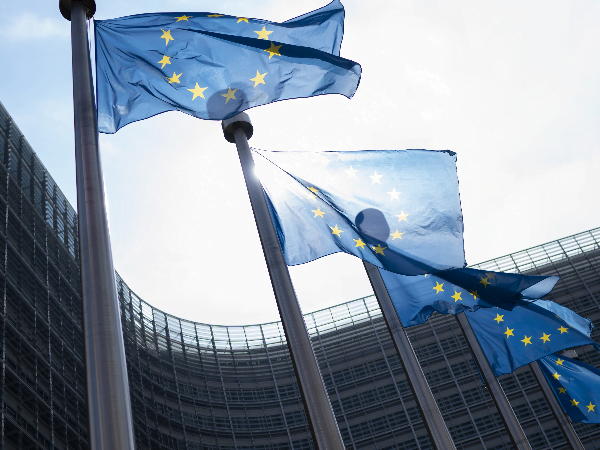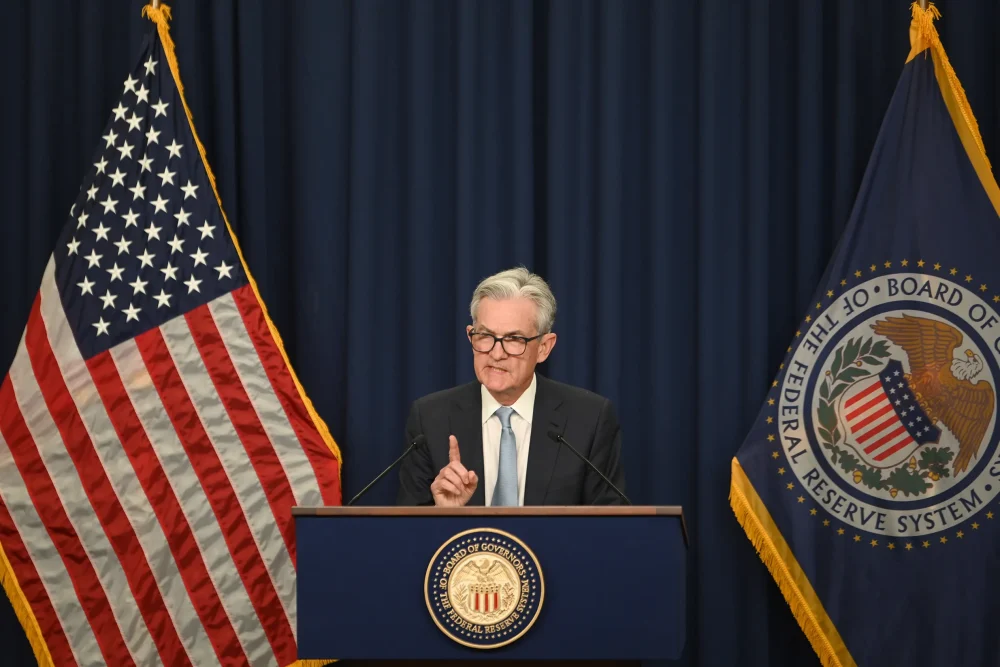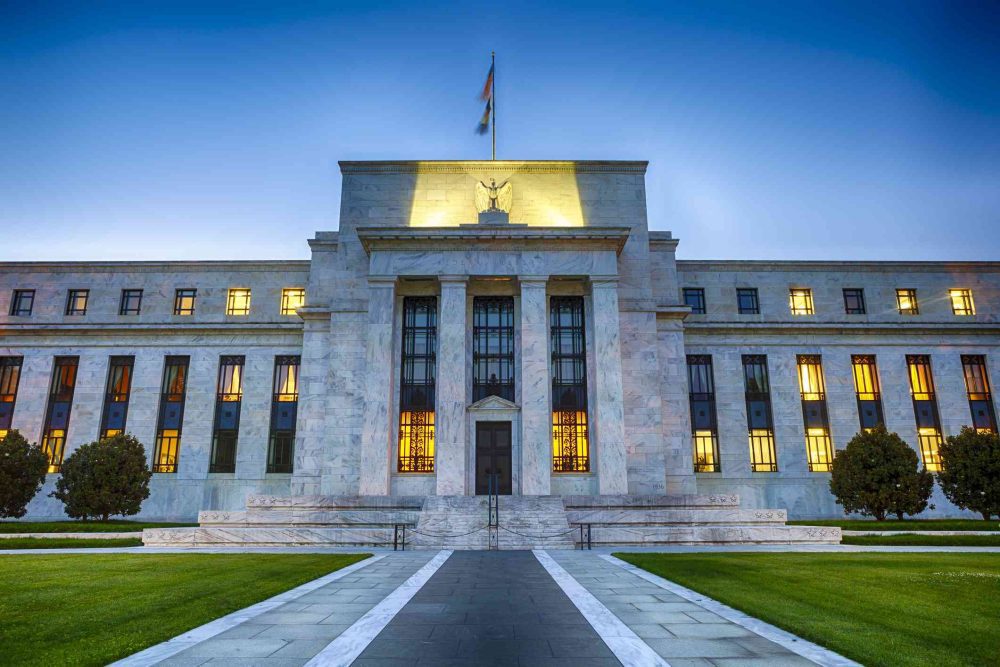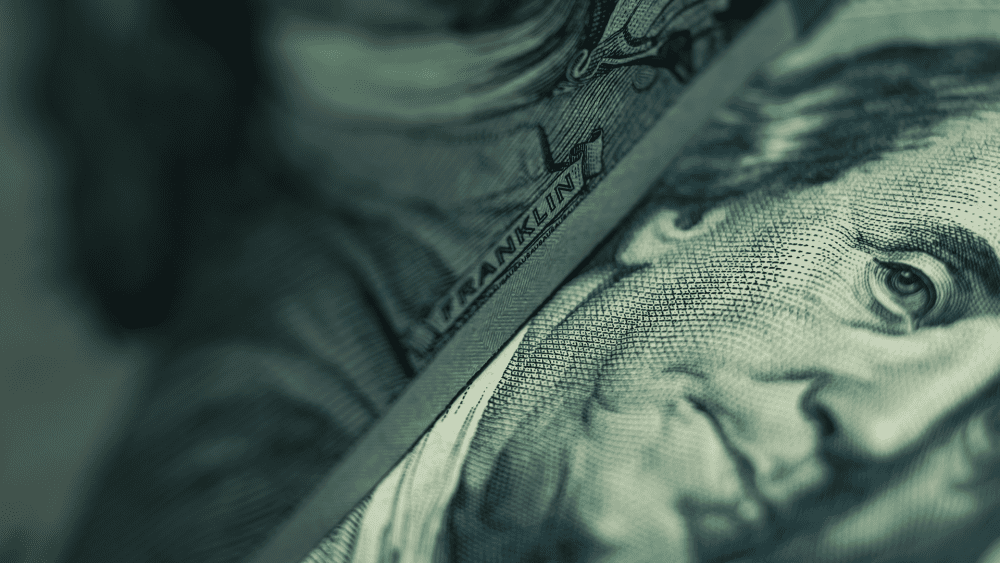Confusion to predict the decisions of the FED
The tension in the banking sector has led to a shift in the expectations of Federal Reserve interest rates. Markets have gone from pricing in a 100.0% increase in interest rates with no reduction this year to only a 17.0% increase with a 91.0% decrease this year.
This change caused a fall in the yield curve and pushed the price of the dollar down because the interest rate increase was out of the pricing.
However, the USD has been highly volatile due to risk sentiment flows and economic data
This creates a turbulent environment for the dollar at the moment, as the growing likelihood of recession and investment pressures should be a positive factor. But for now, if the Federal Reserve confirms in this week’s meeting that they will not raise interest rates again, this should be a negative factor for the US dollar.
On the eve of the Federal Reserve’s monetary policy decision on Wednesday this week, it is very complicated to know what the most likely reaction is from the US.
FED Balance Sheet, WOW
Balance sheet
Quite simply, the balance sheet of the Federal Reserve or the balance sheet of the Central Bank of America is a financial statement that shows the assets and liabilities of the Federal Reserve. This balance sheet is published weekly and is called the H.4.1 statement of the Federal Reserve.
Increasing the balance sheet means increasing liquidity. The work that Federal Reserve had started hawkish monetary policies to control it.
NOW! The US Federal Reserve’s balance sheet increased by $297 billion this week to $8.63 trillion, the highest level since November. This increase follows the new policy of the Federal Reserve to save banks in a crisis of liquidity, such as Silicon Valley and Signature. Following the increase in the balance sheet of the Federal Reserve, the price of Bitcoin and Ethereum has increased in the last 24 hours.

The Federal Reserve’s efforts were unsuccessful
A year of trying to raise interest rates and reduce the balance sheet resulted in a few days. The balance sheet of the Federal Reserve, which had been reduced with great effort, increased in a spike last week due to economic pressure and the addition of financial and banking crises.
Now the question that arises is whether the Federal Reserve will continue to raise interest rates?
According to reports, US banks have borrowed a total of $164.8 billion from the Federal Reserve. Due to the fear of bankruptcy, amount of loans taken from the Federal Reserve by banks increased from 4.58 billion dollars in the past week to 152 billion dollars on March 15. Previously, the highest amount of loans taken from the Federal Reserve took place during the 2009 financial crisis, during which banks received a total of $111 billion in financial aid from the US government.
Now, with this incident, the balance sheet of the Federal Reserve has greatly increased, and its effect on the markets will be the growth of gold and the growth of cryptocurrency.
USD – Mildly bearish cruising speed
The week has started off on an upbeat note for risk sentiment as recently troubled US tech stocks led a broader rally in the equity segment yesterday. The dollar, in a week without major idiosyncratic drivers, has stayed mildly offered. Today, external factors will remain in the driving seat, with the US data calendar still very light and some Fedspeak that has so far disappointed any hawkish expectations in the market. Yesterday, three Fed officials (Brainard, Bostic, and Bullard) all played down concerns about persisting inflation. This has been the strongly prevailing tone since the surprisingly high inflation read for April and it may be by and large what we will hear today from Evans, Barkin, and Quarles (the latter at a Senate testimony), if any monetary-policy comments are made at all. The dollar may therefore remain broadly-offered for the time being, with commodity currencies still reaping most of the benefits thanks to a strong start to the week in the commodity segment and the broadly supportive risk environment. CAD is, for once, lagging other pro-cyclical, which may be due to its positioning being quite markedly skewed on the long side.
#usd #usa #analysis





